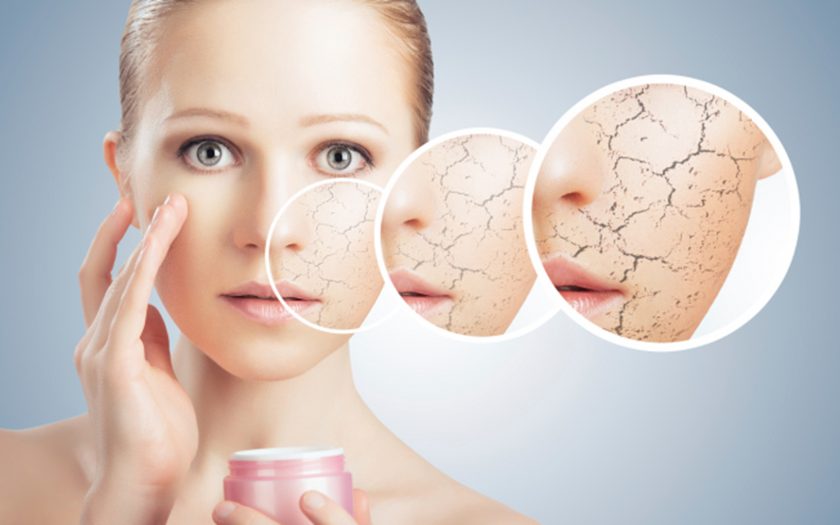The great variety of skin diseases is due to the peculiar structure of the skin and its many functions, as well as a large number of negative factors that affect the dermis and epidermis.
Dermatitis
Under the influence of physical and chemical agents, the skin becomes inflamed and dermatitis develops. Fungi, viruses, bacteria provoke the appearance and rapid spread of infectious processes.
Tactics of treatment depend on the type of diagnosed dermatitis and the severity of its course. Can be used drugs such as Aristocort (for contact dermatitis), Bactroban (for infectious inflammation), Beta Scalp Application (for seborrheic dermatitis).
Psoriasis
Psoriasis is a multifactorial disease with a genetic and infectious component. Frequent skin injuries, chronic streptococcal infections, endocrine disorders, central nervous system disorders, alcohol abuse often cause its development. The main manifestation of psoriasis are pink or red papules with silvery-white scales on the surface. An important diagnostic criterion is bleeding when trying to scrape off the scales. There are three stages of the pathological process:
- Stage 1 is characterized by the formation of papules in the form of nodules, small rashes, itching;
- Stage 2 is characterized by the constant formation of new rashes, after the merger of which appear symmetrically located psoriatic plaques;
- Stage 3 is manifested by cyanosis of damaged skin, severe peeling, severe itching, in the absence of treatment – papillomatous and warty growths.
While doctors do not know how to get rid of psoriasis forever. But there are several groups of drugs, the use of which helps to achieve long-term stable remission. These are glucocorticosteroids in the form of ointments, non-steroidal anti-inflammatory and antihistamines, such as Betamil Cream.
Acne
Acne used to be considered a teenage disease caused by a constant hormonal imbalance. Now the pathology is increasingly diagnosed in adults and in severe form. The disease affects the sebaceous glands, which is manifested by blockage and inflammation of hair follicles. Genetic predisposition to acne has been established, but most often pimples form on the body and face as a result of unhealthy eating habits and poor personal hygiene. The probability of developing the disease is higher in endocrine disorders, disorders of the immune and central nervous systems and the gastrointestinal tract.
Regardless of the cause of acne on the face, in adolescence, the pathology of the sebaceous glands is usually manifested by large single pimples. In adults, dermatologists note a variety of elements:
- subcutaneous acne – dense nodules located under the epidermis;
- closed comedones – whitish nodules, painless when pressed;
- open comedones contaminated with dust or makeup residue.
When choosing drugs for treatment, dermatologists are guided by the severity of acne, the severity of the inflammatory process. Drugs with azelaic acid, antibiotics (Cleocin) and less often hormonal components are used.
Rosacea
Rosacea is one of the most common types of chronic skin diseases. People with hypersensitivity of small vessels are susceptible to its development. They react instantly to temperature changes, exposure to dry hot air. The vessels dilate, forming red spots that do not disappear for a long time. If treatment is not carried out in time, the pathology progresses.

